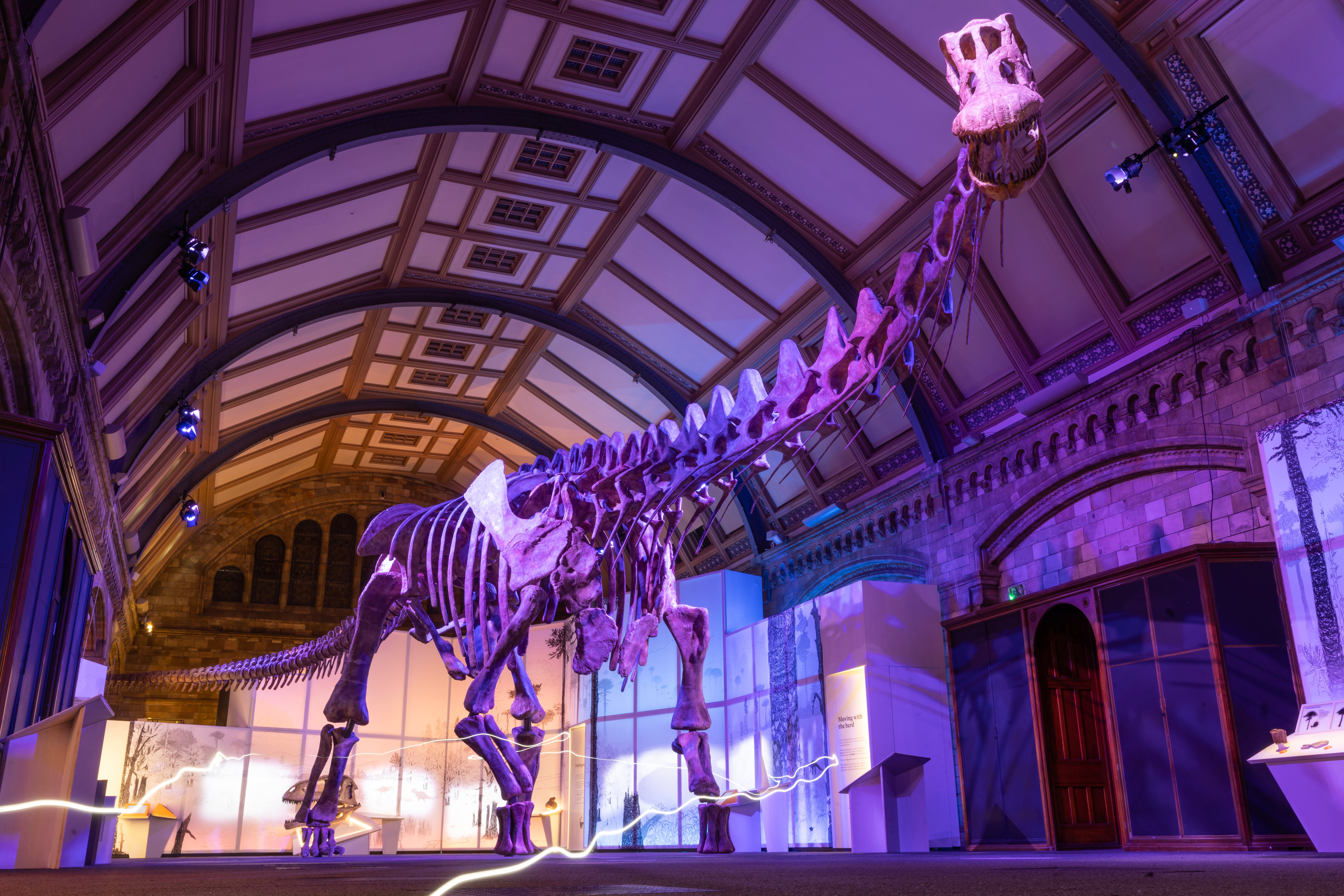Man reveals he stumbled across 70-million-year-old dinosaur skeleton while walking dog
One dog walk turned into two years of secret excavation of a 70-million-year-old dinosaur
It’s not every day that your dog walk turns into you, stumbling upon a piece of history that has lay beneath the ground for around 70 million years.
But this is exactly what happened to Damien Boschetto two years ago while out walking in southern France when he made the magnificent discovery of a nearly complete skeleton of a long-necked titanosaur.
The 25-year-old was walking in the forests of Montouliers near his home in Cruzy, France, when he came across a fossil that turned out to be the remains of a 70-million-year-old dinosaur.
"It happened one morning like any other, during an ordinary walk," Mr Boschetto told local outlet France Bleu in February in a translated quote.
"While walking the dog, a landslide on the edge of the cliff exposed the bones of various skeletons."
Mr Boschetto saw the exposed bone fossils, which eventually led to an excavation that unearthed a 70 per cent complete, 30ft-long fossilised titanosaur, ABC News reported.
An exhibition of bones and fossils of a titanosaur is on display at London’s Natural History Museum and describes their herbivore dinosaur as having long necks, pegged teeth and a lengthy tail.

However, the project of removing this particular skeleton from the ground was kept secret for two years, out of fear the site could be damaged.
Mr Boschetto, who himself has an enthusiasm for palaeontology, told ABC News that the territory around his local area is “rich in fossils of dinosaurs and other species living at the same time.”
“For 28 years, Cruzy has been supplying and building one of the largest collections of dinosaur fossils from the Upper Cretaceous period in France,” he added.
The dog-walker said that members of the Archaeological and Paleontological Cultural Association (ACAP) at the Cruzy Museum were involved in the excavation of the bones, and the process was kept a secret to try and protect the site, as they worried that the site could be “pillaged” and “damaged” by those who did not know, he told France Bleu.
The skeleton, now extracted after a long effort to retrieve it from the ground, has now been transported to the Cruzy Museum, where it will be studied in the museum laboratory, and Mr Boschetto hopes it will be put up for display at some point, the outlet said.
Francis Fage, the museum’s founder, told the outlet that Mr Boschetto must have had an “eye” for rare finds, as there are people who have passed upon the site for 30 years without noticing.
In a turn of fate, Mr Boschetto’s unassuming dog walk has prompted him to follow new paths, as it is reported that after the discovery, he now plans to pursue a Masters degree in palaeontology.
Join our commenting forum
Join thought-provoking conversations, follow other Independent readers and see their replies
Comments